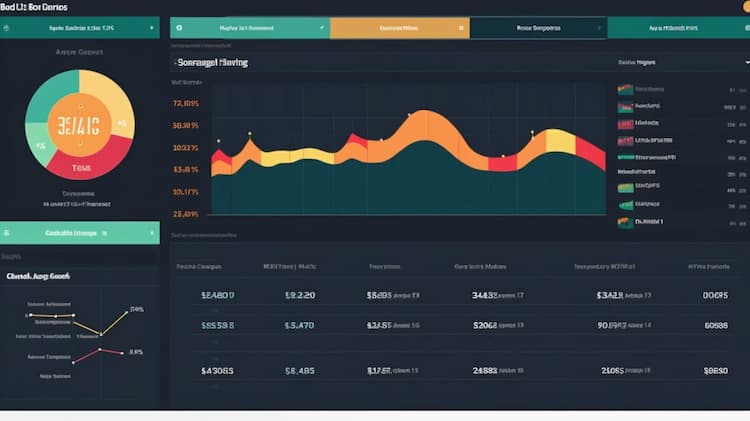
MUB VS TIP
Exchange-Traded Funds (ETFs) have transformed the investment landscape, providing investors with convenient and diversified exposure to various sectors and asset classes. In this article, we'll undertake an in-depth comparison between two prominent ETFs: MUB (iShares National Muni Bond ETF) and TIP (iShares TIPS Bond ETF). Our exploration will encompass critical aspects, such as ETF tickers, full names, issuers, sectors, top holdings, capitalization, strategy, tracking, and exposure.
MUB & TIP: Overview
MUB and TIP are two ETFs that cater to different segments of the fixed-income market. MUB focuses on municipal bonds issued by state and local governments, while TIP targets Treasury Inflation-Protected Securities (TIPS), which are designed to protect against inflation. This fundamental contrast in investment objectives results in unique characteristics and risk profiles for each ETF, aspects we'll delve into further in the subsequent sections.
MUB & TIP: Sectors and Top Holdings
The MUB ETF is primarily invested in municipal bonds, allowing investors to access tax-exempt income from a diversified portfolio of state and local government debt. On the other hand, TIP invests in TIPS issued by the U.S. Treasury, providing investors with protection against inflation. Understanding the sectors and top holdings within these ETFs aids investors in determining which fund aligns better with their investment goals and risk preferences.
 MUB overlap MUB VS TIP
MUB overlap MUB VS TIP
MUB & TIP: Capitalization and Strategy
MUB boasts a substantial asset under management (AUM) due to its appeal to income-seeking investors seeking tax-efficient returns from municipal bonds. TIP's strategy centers around inflation protection, making it a suitable choice for those concerned about eroding purchasing power. The variance in capitalization and strategy between the two ETFs presents varying potential returns and risks, warranting careful consideration by prospective investors.
MUB & TIP: Tracking and Exposure
MUB aims to provide investors with exposure to the municipal bond market's performance by tracking an index of municipal bonds. TIP, on the other hand, tracks an index of TIPS, which are explicitly designed to adjust for inflation. These differing tracking methodologies create distinct investment profiles, making it crucial for investors to comprehend the nuances and implications of each approach.
Conclusion
MUB and TIP represent two distinct investment opportunities within the fixed-income universe. While MUB offers access to tax-exempt municipal bond income, TIP offers a safeguard against inflation through Treasury Inflation-Protected Securities. For investors seeking a deeper understanding of these ETFs' holdings, correlations, overlaps, and other insightful data, ETF Insider emerges as an invaluable resource. With its user-friendly application, it equips investors with comprehensive details about these financial instruments and more.
Disclaimer: This article is intended for informational purposes only and does not provide investment advisory services.
Sources:
IT ETF issuer: https://www.ishares.com/us
IT ETF official page: https://www.ishares.com/us/products/239766/ishares-national-amtfree-muni-bond-etf
TIP quote and analysis
Discover the top holdings, correlations, and overlaps of ETFs using our visualization tool.
Our app allows you to build and track your portfolio.
To learn more about the TIP iShares TIPS Bond ETF, access our dedicated page now.
FAQ
Why is MUB better than TIP?
MUB may be considered better than TIP for some investors due to its specific focus, offering diversification.
Does TIP beat MUB?
TIP's performance relative to MUB will vary over time, depending on market conditions.
Should I invest in MUB or TIP?
The choice between MUB and TIP should align with your investment goals, risk tolerance, and desired exposure.
Are MUB and TIP good investments?
Both MUB and TIP can be suitable investments depending on individual investment strategies, goals, and risk profiles.
What is the correlation between MUB and TIP?
The correlation between MUB and TIP can vary over time, reflecting differences in performance.





